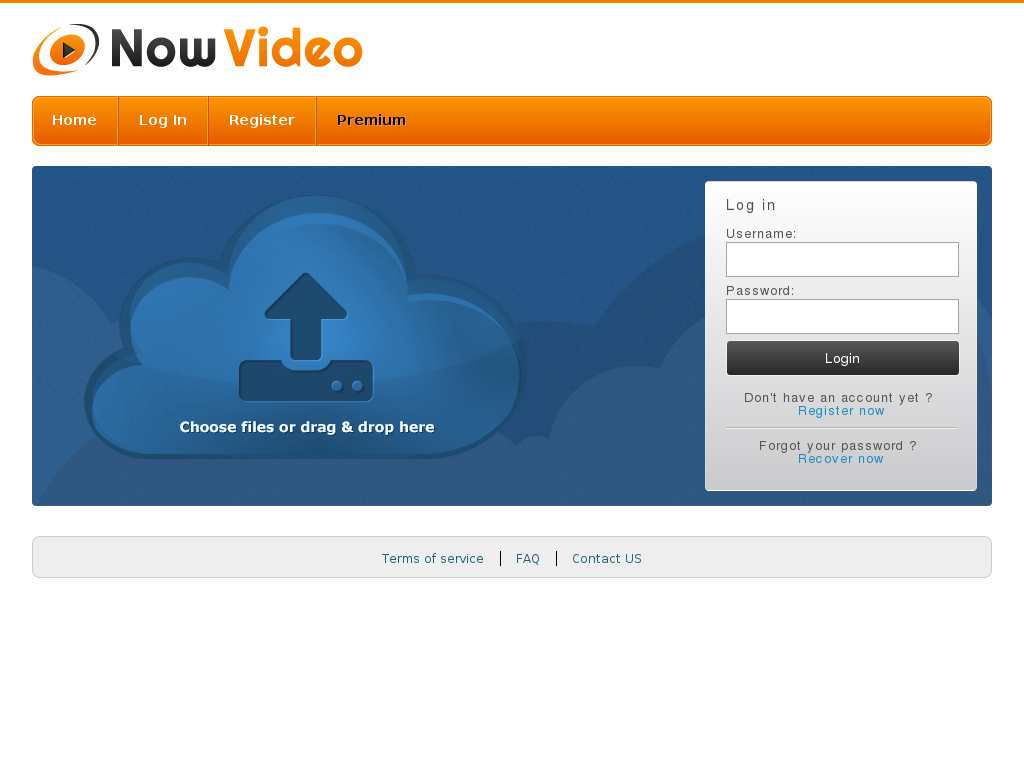

Still see the problem? Collect debug logs from all peers and send them to support team. You can find predefined hosts in the folder preferences.įor additional tips on sync speed improvement, refer to this article. Consult your router documentation for instructions on how to open ports in your network. Try port forwarding via router interface (TCP/UDP).To open this port, make sure "UPnP port mapping" is enabled on both ends, and in router, if the network/router supports UPnP. ‘disk_low_priority” is set to "True" in Advanced settings.Try changing this setting to "False", option available on desktops only.Firewalls and/or security software settings Network security and Anti-virus services may block/delay data transfer or the re-checking of the files as they are downloaded. Try temporarily disabling these services.Network hardware that cannot process big flows of data packets at a time will affect the speed of Sync. Under Access, make sure that Incoming and outgoing is selected, then change the type from default to Open. If your list contains numerous entries, you might need to scroll down before you see the Edit button.

If the app is in the list: Select the app, and click Edit at the bottom of the list. It also means that the more peers with high uploading speeds, the higher the downloading speed will be. Look for the app that is being blocked in the list. If there is a peer with a slow uploading speed, other peers will have low downloading speeds. Check your firewall properties (it should not block incoming packets to Sync's listening port) and your NAT settings. Download/Upload Speed will be slower for many small files as when transferring a few large files. Transferring a big number of small files.

If you are encountering very slow download/upload speeds, check the following reasons why it may be happening:


 0 kommentar(er)
0 kommentar(er)
